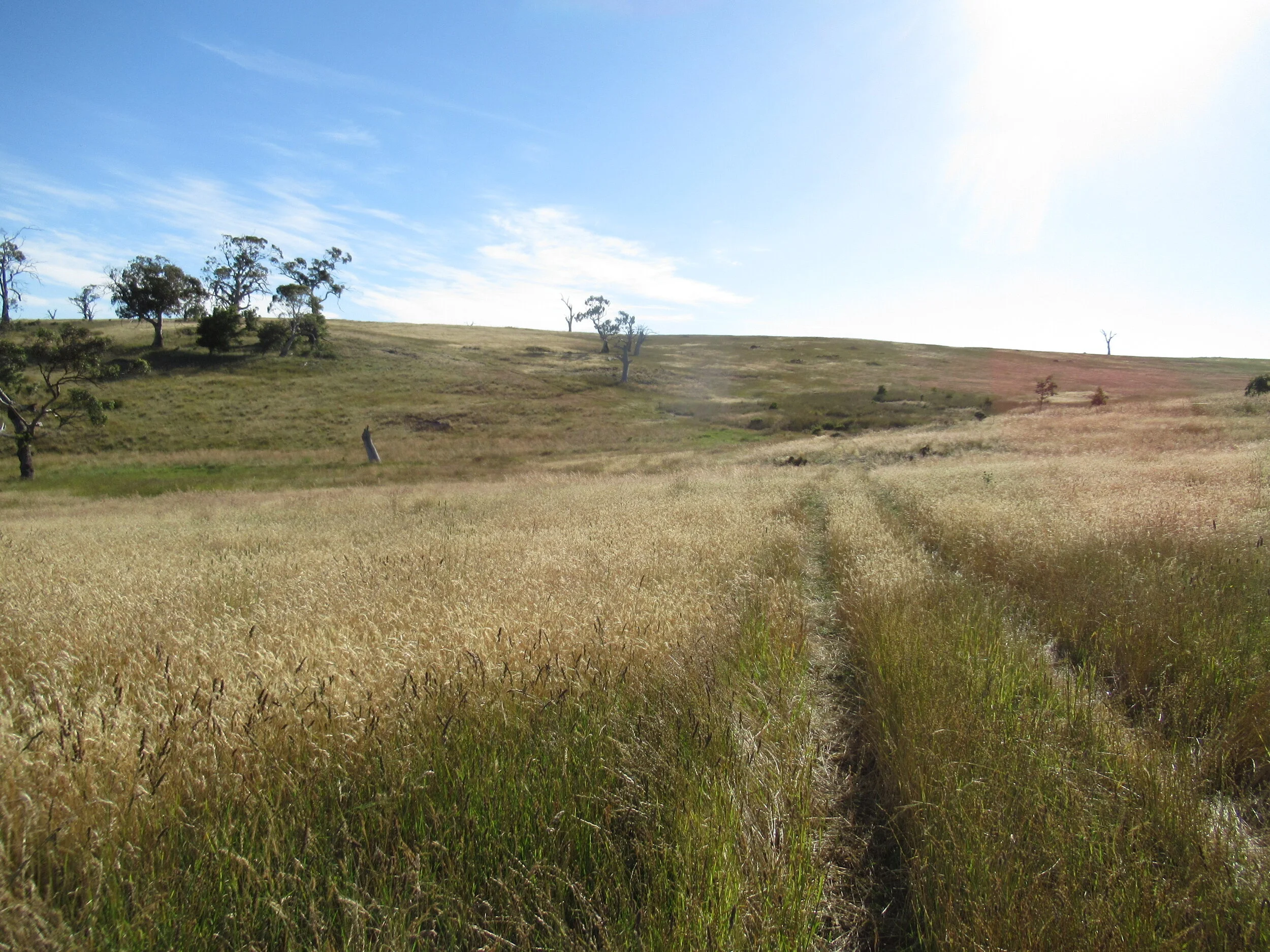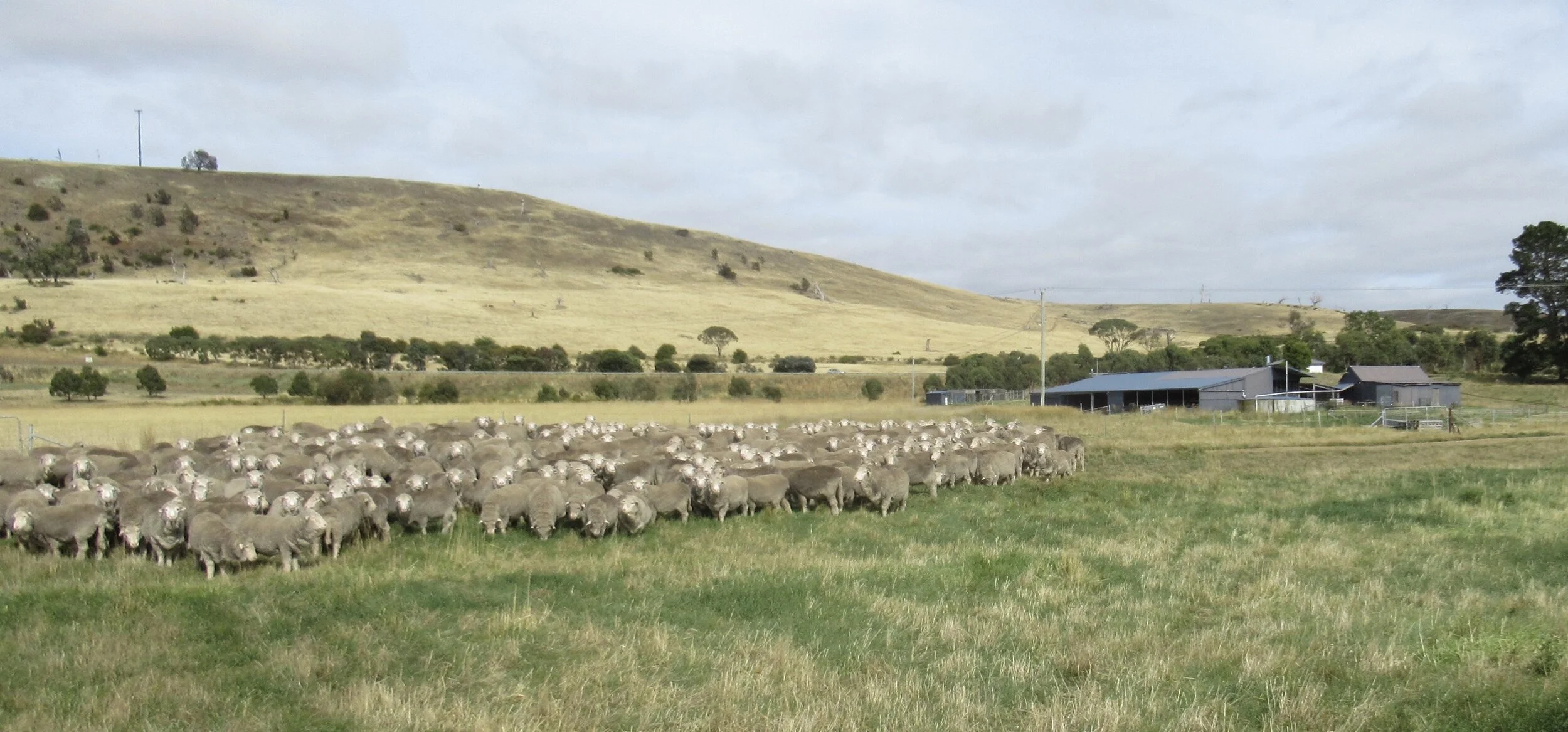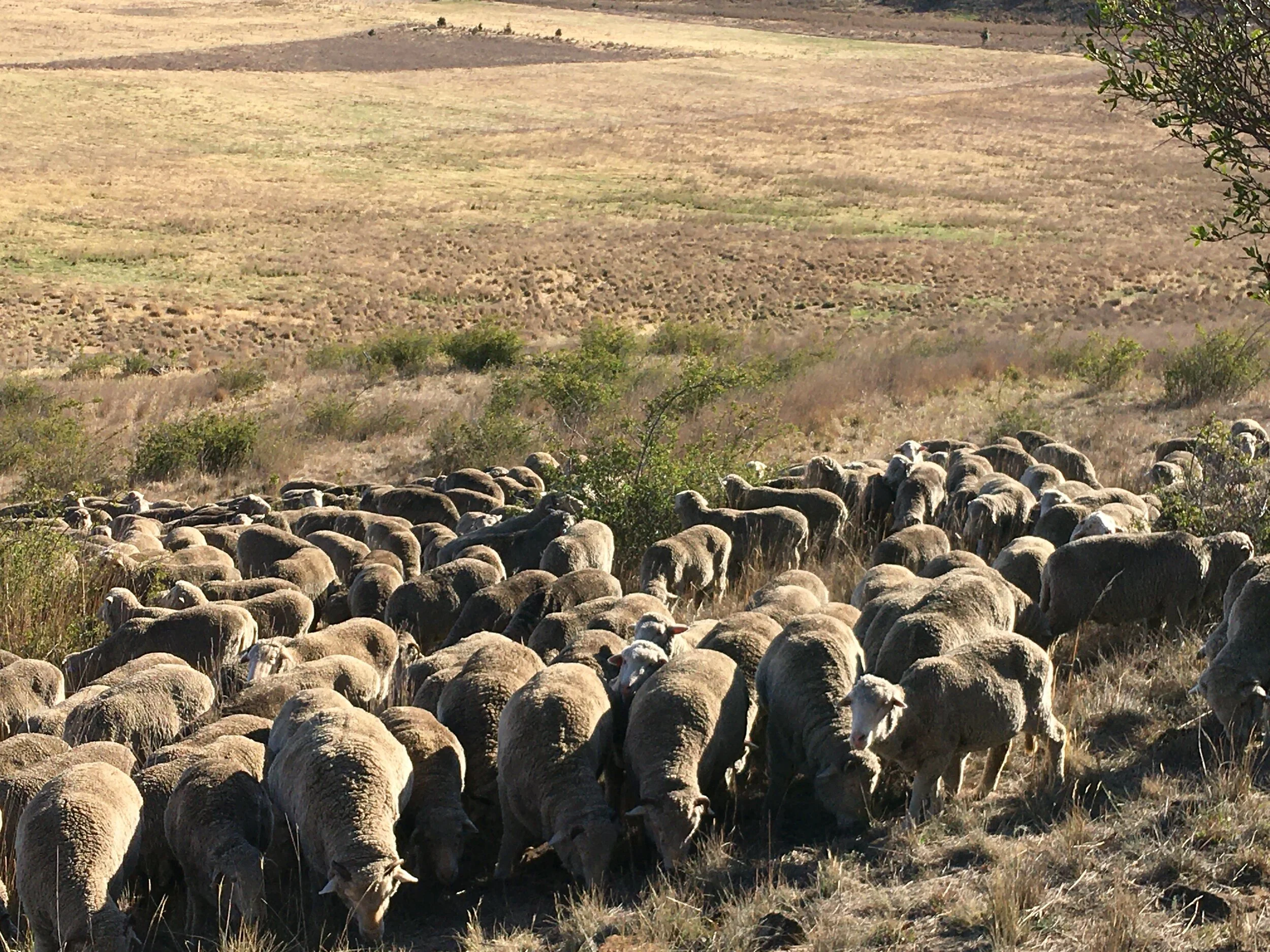For the first time in months, this morning I put my backpack on and went to shepherd my sheep. And this afternoon, I’m writing the first Come Shepherding post in just over a year! Several things have conspired to create this lapse. The pandemic didn’t help, but the first real change came in May of last year, when I decided to try an experiment (there’s a surprise) and test whether my sheep are truly locally adapted.
A sense of discovery
My stone soup adventures a couple of weeks ago were mostly a bust, with one delightful and important exception: I relearned key subtleties of active shepherding that I’d let slide over the last few years. Chief among them: the essence of shepherding is creating the opportunity for sheep to have a sense of discovery about their food. Parents will not be surprised.
Tree Herder
“We are tree-herds, we old Ents. Few enough of us are left now. Sheep get like shepherd, and shepherds like sheep, it is said; but slowly, and neither have long in the world. It is quicker and closer with trees and Ents, and they walk down the ages together.” J.R.R. Tolkien, The Lord of the Rings
When I first started farming I planted trees for my own sake, for the aesthetic of copses to break up the grassland expanses, and for the pleasure of hearing wind in the boughs. Then, as I learned more about how ecosystems work, and the pivotal role of diversity in creating resilience, I planted trees for the sake of the land.







